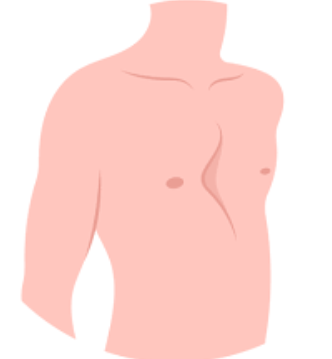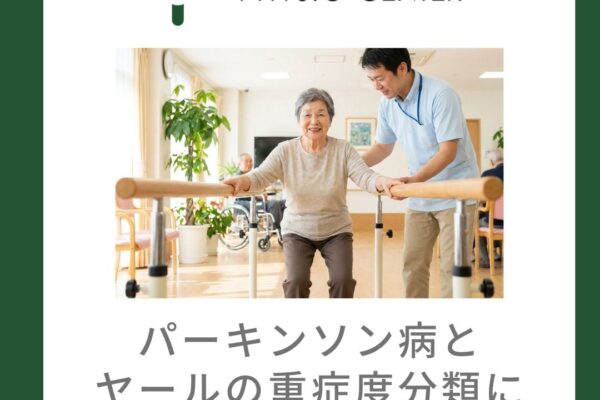For individuals with pectus excavatum, rehabilitation and exercise therapy play a vital role. Developing the habit of maintaining good posture in daily life is equally important. These measures can also improve respiratory function.
Improving Respiratory Function
In pectus excavatum, the deformity of the rib cage can limit lung expansion, leading to shallow breathing. By performing exercises that strengthen the respiratory muscles and stretches that open the chest, you can improve thoracic mobility, making deeper breathing possible.
In particular, diaphragmatic breathing and thoracic expansion exercises are considered highly effective.
Flexibility and Posture Improvement
Regularly practicing stretches to improve the flexibility of the rib cage and shoulders, along with posture correction exercises, can enhance overall posture and make daily movements more comfortable.
Combining chest stretches with back muscle strengthening can help correct forward-slouching posture and restore muscular balance.
Recommended Respiratory Muscle Stretching Exercises
The “Respiratory Muscle Stretching Exercises” provided by the Environmental Restoration and Conservation Agency of Japan are effective in loosening respiratory muscles and alleviating breathlessness. These simple exercises are recommended daily, even for a short duration.
- Chest Stretch
- Method: Clasp your hands behind your back and inhale slowly. As you exhale, bring your shoulder blades together, open your chest, and extend your arms diagonally downward.
- Effect: Increases chest flexibility and promotes deeper breathing.
- Back Stretch
- Method: Clasp your hands in front of your chest. Inhale through your nose while rounding your back and stretching your arms forward. Exhale as you return to the starting position.
- Effect: Improves back flexibility and helps correct posture.
- Shoulder Stretch
- Method: Stand with your feet shoulder-width apart and keep your spine straight. Inhale through your nose while lifting your shoulders forward and upward, then rotate them backward. Exhale as you relax and lower your shoulders.
- Effect: Relieves tension in the shoulder muscles, making breathing easier.
These exercises are demonstrated in detail through videos and pamphlets, which can be accessed via the link below.
The Importance of Regular Medical Check-Ups
Symptoms of pectus excavatum vary from person to person. It is important to undergo regular medical check-ups to monitor respiratory and cardiovascular function. Even if you are diagnosed with pectus excavatum, appropriate rehabilitation and exercise therapy can lead to improvements in both breathing and posture. Incorporate these exercises into your daily routine within your comfort level to aim for a healthier body.
For consultations, please contact our English-speaking physiotherapist, Mr. Ota.




